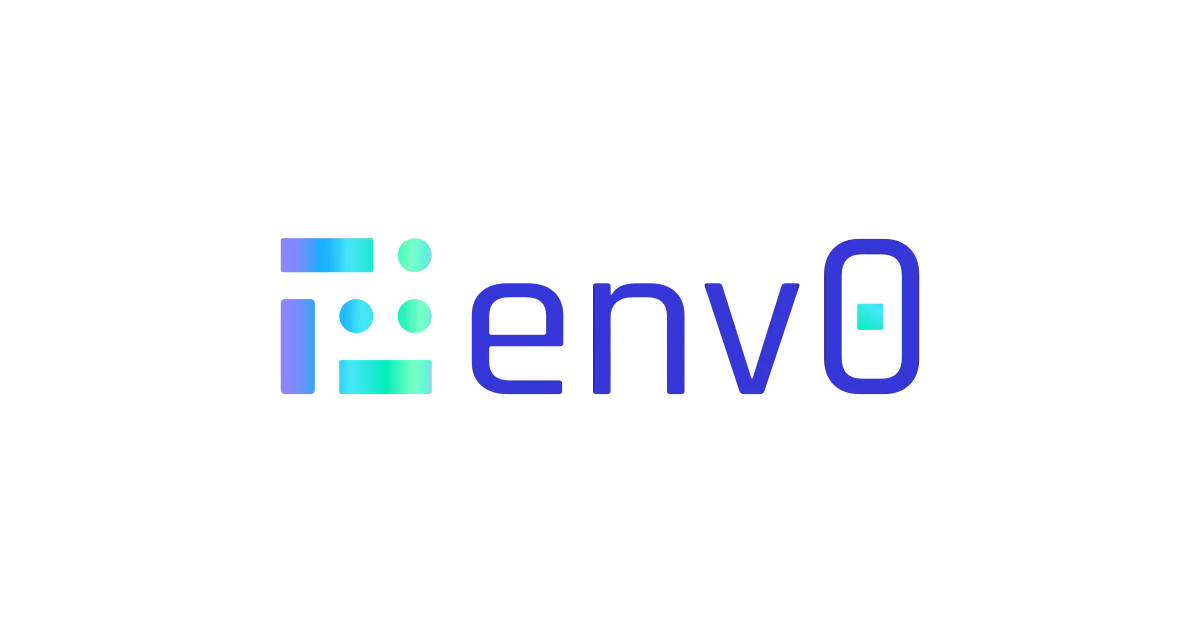
Pull request automation ensures that any changes proposed to your Terraform configurations are reviewed and approved before being merged, reducing the risk of potential errors, improving security, and maintaining a consistent infrastructure state. By automating this process, you can streamline your workflows and minimize human intervention.
Before diving into the setup process, make sure you have the following:
Setting Up Terraform Pull Request Automation with Bitbucket:To achieve this automation, we'll be using Bitbucket Pipelines, a powerful continuous integration and deployment feature built into Bitbucket.
Step 1: Enable Bitbucket Pipelines
Step 2: Configure the Pipeline
image: hashicorp/terraform:latest
pipelines:
default:
- step:
name: Terraform Plan
script:
- terraform init
- terraform plan
- terraform plan -out=tfplan
- terraform show -no-color -json tfplan > tfplan.json
- terraform plan -detailed-exitcode || true
This configuration specifies that we want to use the latest Terraform image from the official HashiCorp Docker Hub, and it defines a pipeline with a single step that initializes, plans, and outputs the Terraform plan in JSON format.
Step 3: Add a Webhook for Pull Request Automation
Now, whenever a pull request is created or updated, the webhook will be triggered, and the Terraform plan will run as a part of the pipeline.
Step 4: Integrating the Output into the Pull RequestTo display the output of the Terraform plan directly in the pull request, we'll use a custom Bitbucket app or integration. You can develop your app, or search for an existing one that suits your needs.
Stream.Security delivers the only cloud detection and response solution that SecOps teams can trust. Born in the cloud, Stream’s Cloud Twin solution enables real-time cloud threat and exposure modeling to accelerate response in today’s highly dynamic cloud enterprise environments. By using the Stream Security platform, SecOps teams gain unparalleled visibility and can pinpoint exposures and threats by understanding the past, present, and future of their cloud infrastructure. The AI-assisted platform helps to determine attack paths and blast radius across all elements of the cloud infrastructure to eliminate gaps accelerate MTTR by streamlining investigations, reducing knowledge gaps while maximizing team productivity and limiting burnout.


